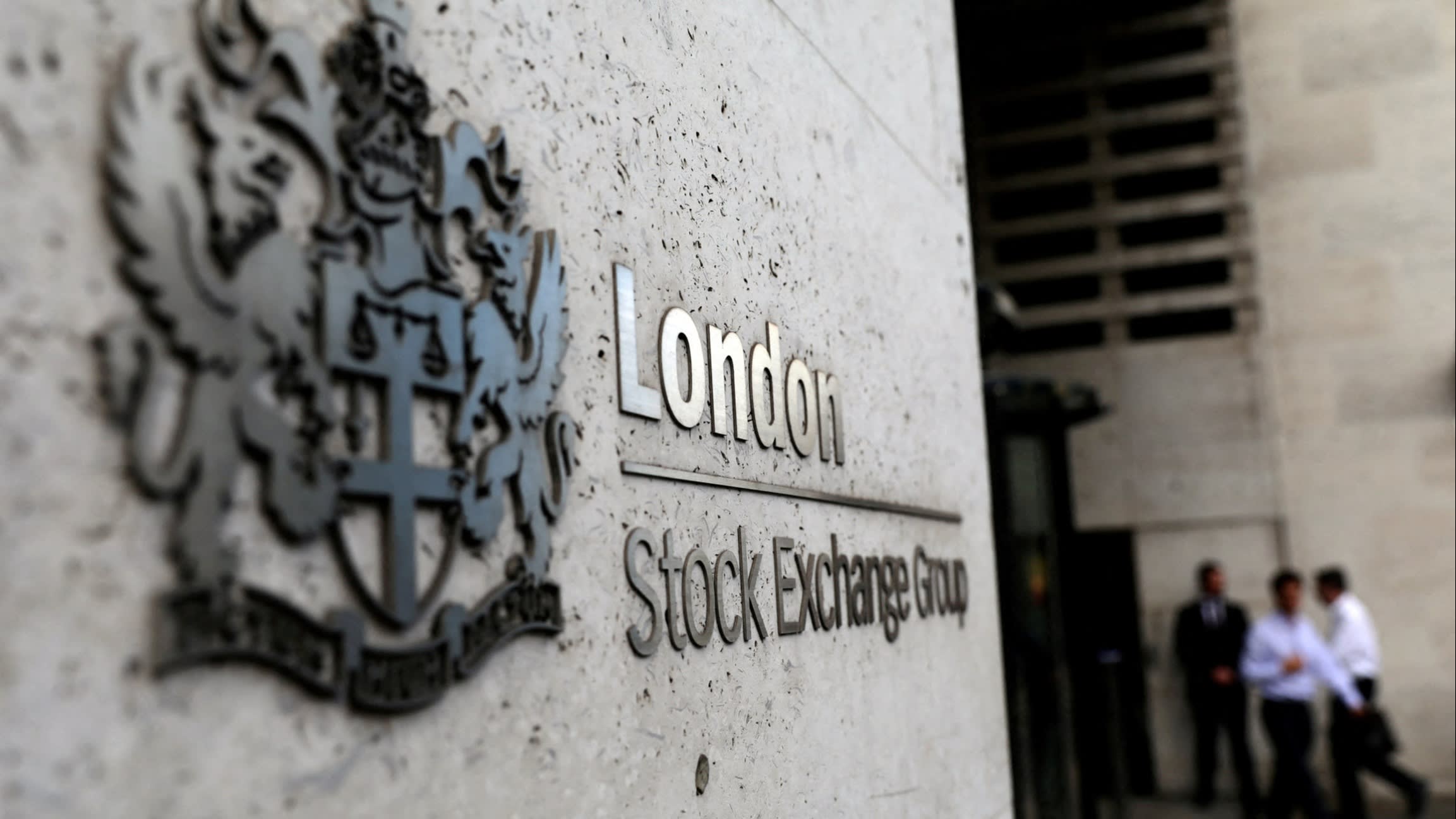Is there a pot of pension money to rehabilitate UK plc?
It is remarkable how much of the UK’s financial angst comes back to pensions. Any conversation in the City about the waning influence of the London Stock Exchange invariably ends up with someone bemoaning the fact that defined benefit pensions schemes invest less than 3 per cent of their assets in UK equities compared with nearly half in 2000.
Then there is broader “productive finance” angst, or the idea that long-term capital across pensions and insurance isn’t going into “growthy” investments that the economy really needs. Less than 1 per cent of the near-£5tn in pension and insurance assets is invested in unlisted UK equity, defined as venture or growth capital or private equity, says think-tank New Financial.
The government has spent recent years banging on about getting more money into infrastructure or other illiquid investments. This is an old theme given a new lease on life thanks to the on-off obsession with “levelling up”.

Three-quarters of those LGPS funds are invested in equities and other risk assets. The trouble is, Ralfe told the Pension Investment Corporation podcast, much of it is overseas: 40 per cent of the money going into risk assets is in overseas equities, more than double the allocation to the UK stock market.
Last year’s levelling up white paper suggested that 5 per cent of local government pension scheme assets should go towards local projects, something some in the sector say was a red herring and a benchmark that many funds already hit. Pension trustees of all stripes rightly bristle at the suggestion of investment mandated by public policy goals lest the needs of UK plc aren’t best for their membership. But a corner of the pensions world with generous benefits and de facto taxpayer backing is at least a sensible place to be having that conversation.
A long-awaited consultation on the sector is promised as part of the Edinburgh reforms of financial services. Previous consolidation, under the coalition government, resulted in a halfway house with investment pooled into eight regional funds but with liabilities and asset allocation managed locally.
This story originally appeared on: Financial Times - Author:Helen Thomas




























